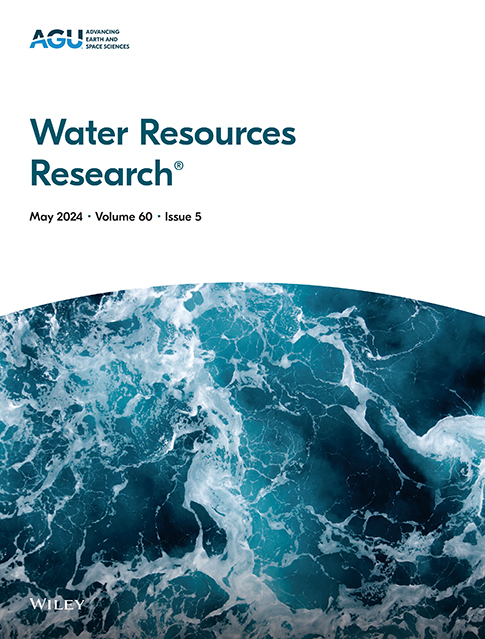Declining Groundwater Storage in the Indus Basin Revealed Using GRACE and GRACE-FO Data
IF 4.6
1区 地球科学
Q2 ENVIRONMENTAL SCIENCES
引用次数: 0
Abstract
Snow and glacier melt provide freshwater to millions of people in the Indus basin. However, the unprecedented increase in demand for freshwater and depleting resources due to climate warming has put the region's water resources at risk. Therefore, quantifying water mass variation and anticipating changes in hydrological regimes that affect downstream freshwater supply are of utmost importance. To address this, we used Gravity Recovery and Climate Experiment (GRACE) and GRACE Follow-On derived terrestrial water storage anomaly (TWSA) data from April 2002 to May 2023 over the Indus basin. Several gaps in these data, totaling 33 months, significantly impact regional trends and predictions of water mass changes. We apply a machine learning-based MissForest algorithm to fill these gaps and compare our results with four previous studies. Annual TWSA shows a declining trend (−0.65 cm/yr) before 2015/16, with a significantly higher (−2.16 cm/yr) after 2015/16. Based on the estimate for the annual groundwater storage anomaly (GWSA), a major portion (83.7%) of the basin is experiencing a significant declining trend (>−0.15 cm/yr, p < 0.05). Glaciated region has a less severe decreasing trend (−0.78 cm/yr) compared to the non-glaciated region (−1.44 cm/yr). Among sub-basins, the upper Indus shows the lowest decline (−0.42 cm/yr), while Panjnad exhibits the highest (−1.70 cm/yr). Annual precipitation and runoff are decreasing, while temperature shows no trend. However, evapotranspiration is increasing might be due to a significant increase in vegetation (0.23%/yr) over the basin. The trends of hydroclimatic variables, vegetation, and anthropogenic factors, indicate a consistently decreasing GWSA in the region.求助全文
约1分钟内获得全文
求助全文
来源期刊

Water Resources Research
环境科学-湖沼学
CiteScore
8.80
自引率
13.00%
发文量
599
审稿时长
3.5 months
期刊介绍:
Water Resources Research (WRR) is an interdisciplinary journal that focuses on hydrology and water resources. It publishes original research in the natural and social sciences of water. It emphasizes the role of water in the Earth system, including physical, chemical, biological, and ecological processes in water resources research and management, including social, policy, and public health implications. It encompasses observational, experimental, theoretical, analytical, numerical, and data-driven approaches that advance the science of water and its management. Submissions are evaluated for their novelty, accuracy, significance, and broader implications of the findings.
 求助内容:
求助内容: 应助结果提醒方式:
应助结果提醒方式:


